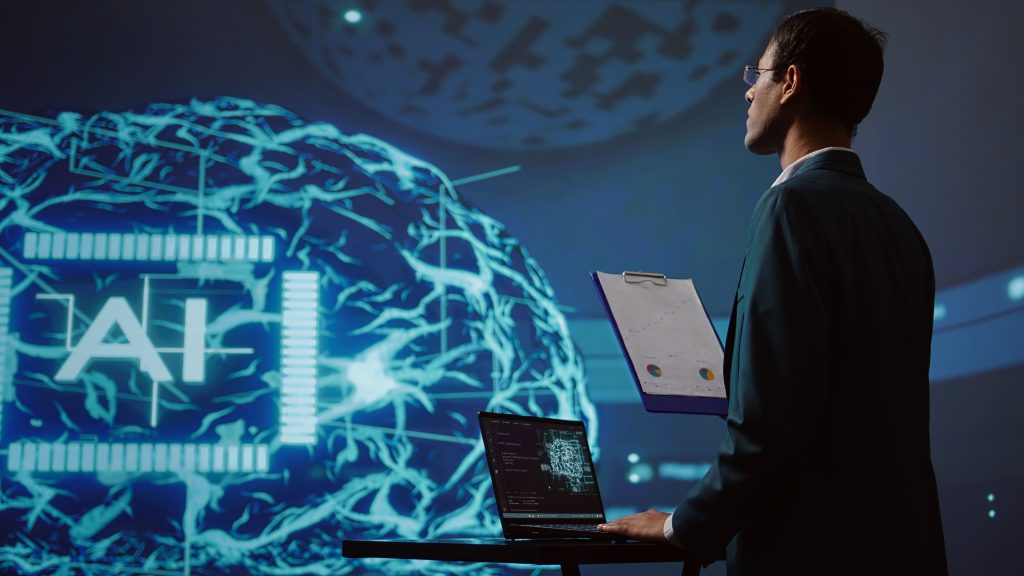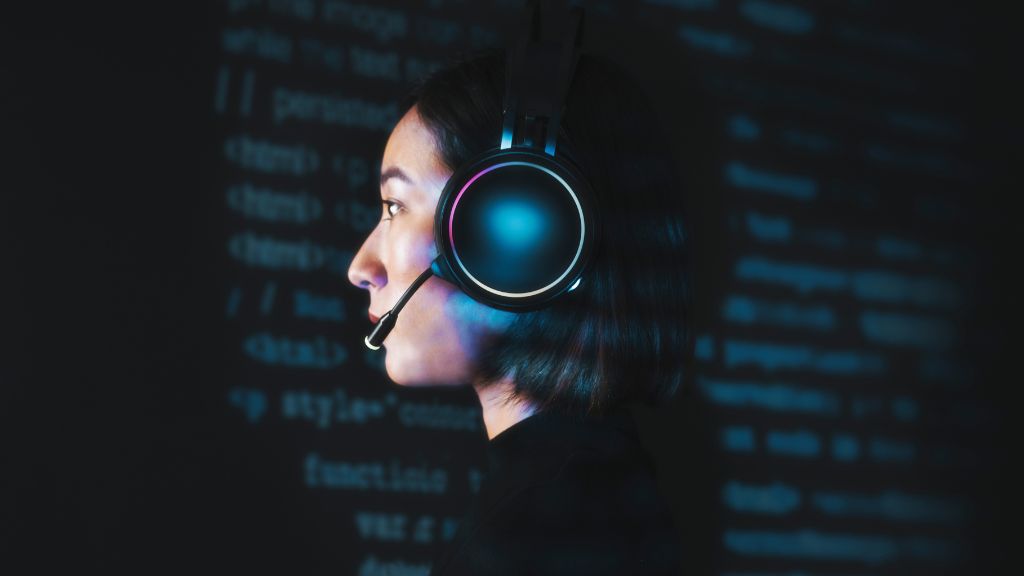How AI Medical Scribes and Virtual Medical Scribes Work Together to Support Physicians

In the evolving world of healthcare, physicians face a growing challenge—balancing quality patient care with the ever-increasing burden of administrative documentation. This dilemma has paved the way for innovative documentation solutions: AI medical scribes and virtual medical scribes. When used together, these technologies create a hybrid support system that enhances clinical efficiency, improves patient engagement, and reduces physician burnout.
The Role of Medical Scribes in Modern Healthcare
Medical scribes, traditionally, are professionals who assist physicians by documenting patient encounters in real-time, ensuring that electronic health records (EHRs) are up-to-date and accurate. With the rise of digital health systems and complex billing requirements, the demand for efficient and reliable medical documentation has increased significantly.
To address this need, two key solutions have emerged:
AI Medical Scribes
Software-driven tools powered by natural language processing (NLP), machine learning, and speech recognition.
Virtual Medical Scribes
Real human scribes who work remotely, often offshore, listening to patient encounters via audio or video feeds and transcribing the information in real-time or asynchronously.
Understanding AI Scribe Software
AI scribe software use advanced voice recognition and machine learning to transcribe and summarize clinical conversations. These tools can extract relevant medical information from natural doctor-patient dialogue, converting it into structured notes for the EHR. They offer real-time suggestions, detect medical terms and diagnoses, and even assist in coding for billing purposes.
For example, when a physician says, “The patient reports sharp pain in the lower right abdomen lasting for three days,” the AI scribe identifies symptoms, duration, and anatomical location to generate an accurate SOAP (Subjective, Objective, Assessment, Plan) note.
Benefits of AI scribes include:
- Immediate transcription and documentation
- Scalable use across departments
- Reduction in clerical time
- Availability 24/7 with no fatigue
However, while AI has made impressive strides, it’s not yet perfect. AI scribes may struggle with heavy accents, nuanced clinical reasoning, background noise, or complex medical histories. This is where virtual medical scribes complement the process.
Virtual Medical Scribes: The Human Touch
Virtual medical scribes are real people trained to transcribe and interpret physician-patient interactions. They provide context, detect subtleties in tone and patient history, and catch errors that AI may miss. These scribes are especially valuable in complex or specialty-specific encounters where precision is critical.
They typically work in two modes:
Live Scribing
Joining consultations virtually via audio/video in real time.
Asynchronous Scribing
Listening to recorded encounters and preparing documentation afterward.
Virtual scribes are also responsible for quality control—reviewing AI-generated notes, correcting inaccuracies, and ensuring completeness. Their presence helps maintain a high standard of clinical documentation, especially when AI tools misinterpret or omit critical information.
A Hybrid Workflow: Human and Machine Collaboration
Combining AI medical scribes with virtual medical scribes creates a powerful hybrid model that leverages the speed and efficiency of AI with the judgment and contextual awareness of trained humans.
Here’s how the tandem system works:
- During the Encounter: AI listens and transcribes the interaction in real-time, generating a draft clinical note.
- Post-Encounter Review: The virtual scribe reviews the AI-generated note, fills in missing elements, ensures medical accuracy, and aligns the content with physician preferences.
- Final Approval: The physician reviews and signs off on the note, often with minimal edits.
This collaborative process allows physicians to:
- Spend more time focusing on patient care
- Reduce documentation turnaround time
- Improve the quality of notes and billing accuracy
- Minimize burnout associated with EHRs
The Future of Medical Documentation
As healthcare systems strive for efficiency without compromising care quality, the integration of AI and medical scribing services is a promising direction. Emerging AI technologies are becoming more nuanced and accurate, and virtual scribes are evolving from mere transcribers to documentation specialists.
Ultimately, this partnership enhances physician workflows while preserving the human insight needed in clinical documentation. It’s not about AI replacing humans, but about both working together to lighten the administrative load on healthcare providers.
Conclusion
AI medical scribes and virtual medical scribes, when combined, offer a balanced, efficient, and accurate approach to clinical documentation. By harnessing the speed of technology and the discernment of human expertise, this dynamic duo ensures that physicians can focus on what they do best—delivering exceptional care to their patients.
Contact Us
Recent Posts


Pennhealth Informatics: The Best Medical Scribing Services Company
February 14, 2025

Streamlining Healthcare with Medical Documentation Services
February 2, 2025

The Future of Virtual Medical Documentation Services
January 31, 2025

